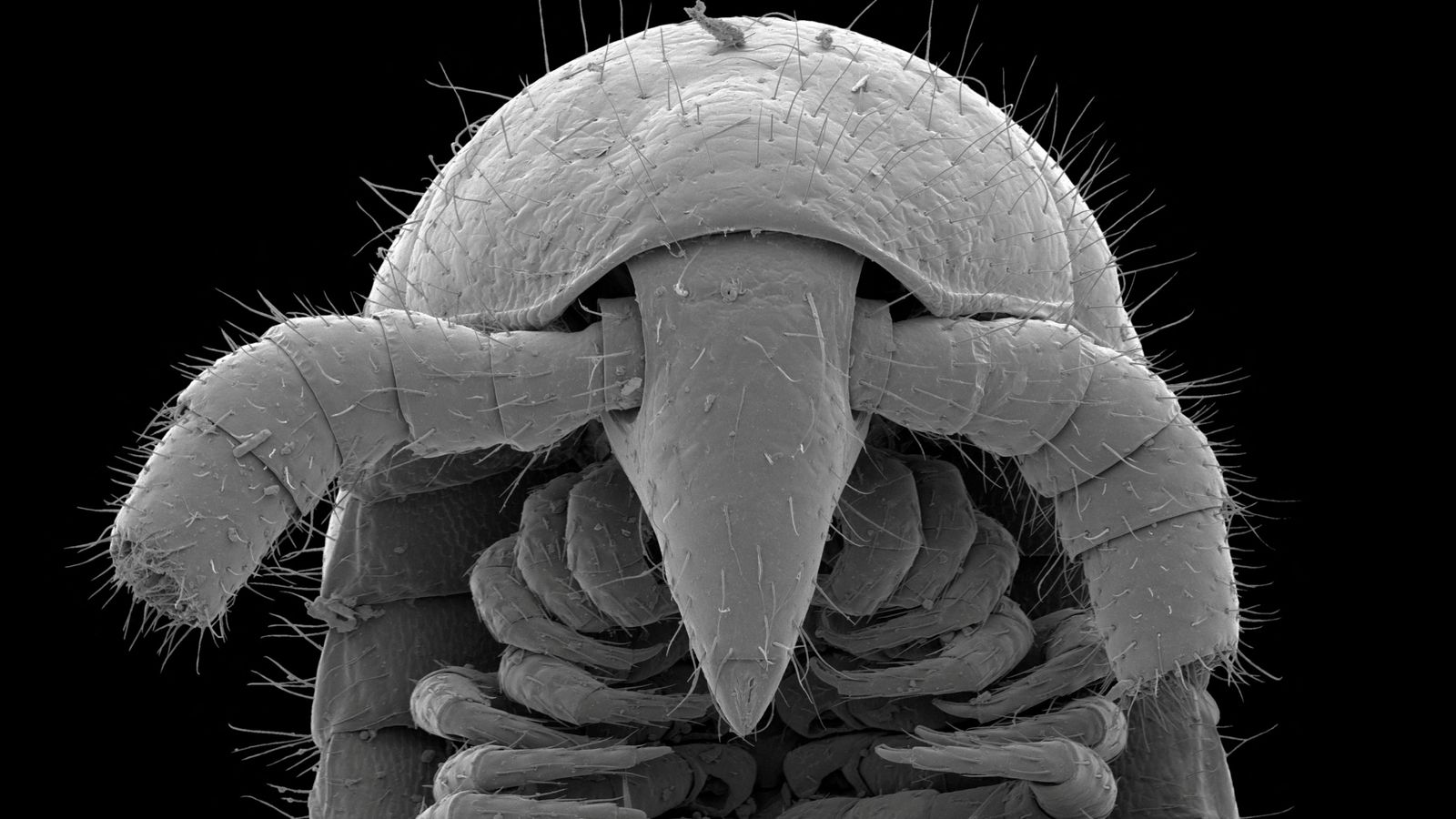Scientists have discovered a millipede with 1,306 legs – the most of any known animal – and say it is a “marvel of evolution”.
A handful of examples were found almost 200ft (60m) underground in the Goldfields-Esperance region of Western Australia, where miners dig for gold and lithium.
The creature does not have any eyes, is pale in colour, about 95mm long and less than a single millimetre wide.
It uses touch and smell to sense its environment and lives in complete darkness in a subterranean habitat of iron and volcanic rocks.
Two females studied by biologists were found to be leggier than their male counterparts – one with 1,306 legs, the other with 998.
A couple of males had 818 and 778 legs – still an enormous increase on regular millipedes, which generally have between 100 and 200.
The previous record was set by a creature found in California – Illacme plenipes – which had 750 legs.
Four children dead and five seriously injured after bouncy castle blown into air at Australian school
UK-Australia trade deal: First ‘from scratch’ post-Brexit trade agreement completed
Winter Olympics 2022: Australia joins US in diplomatic boycott of Beijing Games
The newly discovered creature has been called Eumillipes persephone, which means “true thousand feet” and references Persephone, the queen of the underworld in ancient Greek mythology.
Having so many legs is thought to bring evolutionary benefits.
“We believe (it) provides an advantage in terms of traction/force to push their bodies forward through small gaps and fractures in the soil where they live,” said Bruno Buzatto, principal biologist at Bennelongia Environmental Consultants in Perth.
“In my opinion this is a stunning animal – a marvel of evolution. It represents the most extreme elongation found to date in millipedes, which were the first animals to conquer land.
“And this species in particular managed to adapt to living tens of metres deep in the soil, in an arid and harsh landscape where it is very hard to find any millipedes surviving on the surface.”
Virginia Tech entomologist Paul Marek, lead author of research published in the journal Scientific Reports, said: “Previously no known millipede actually had 1,000 legs despite the name millipede meaning ‘thousand feet.'”
Millipedes, which are related to centipedes, insects and crustaceans, first appeared more than 400 million years ago.
There are about 13,000 known species today, feeding on decaying vegetation and fungi.
They play an important role in the ecosystem by breaking down the matter on which they feed, freeing up its constituent parts such as carbon, nitrogen and simple sugars.






















